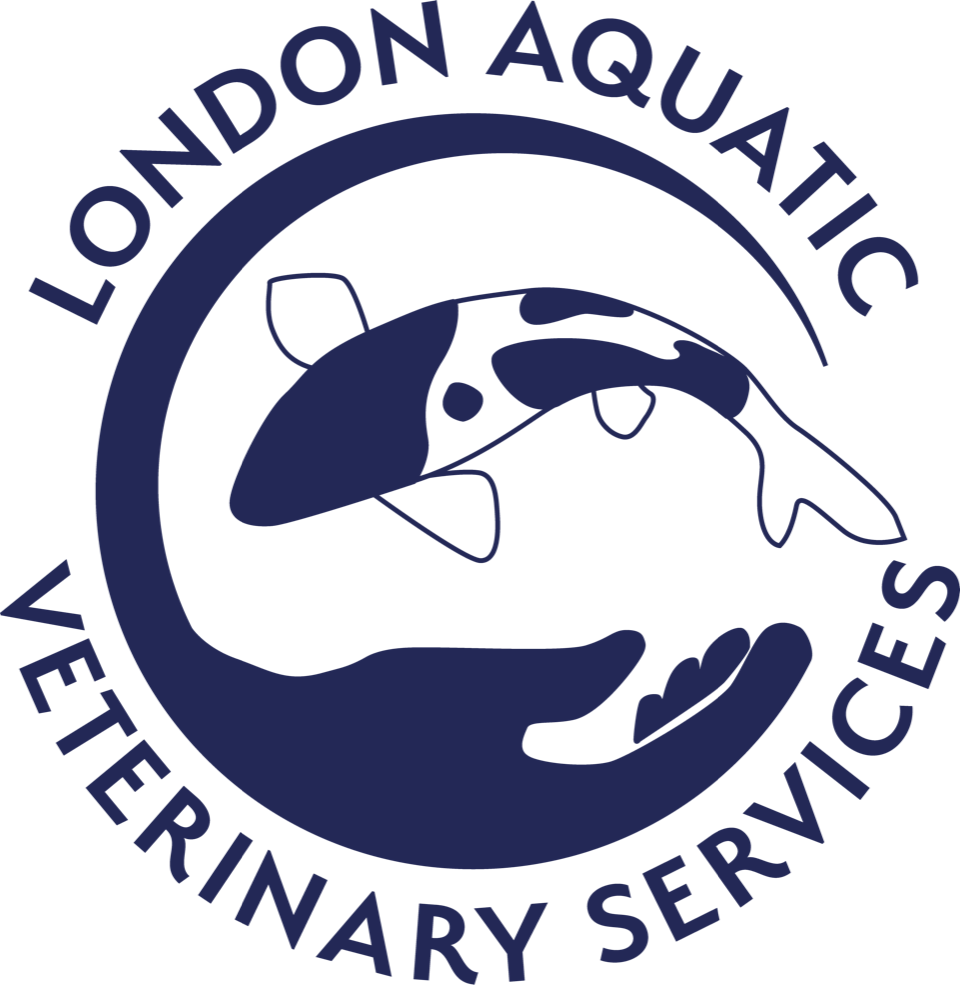Post Mortem Examination & Histopathology
In some circumstances, post mortem (after death) examination is recommended to fully explore a clinical case.
The primary purpose of a post mortem is to look at the appearance of the internal organs. It also presents an opportunity to collect diagnostic samples such as swabs for bacterial culture and sensitivity (usually taken from the kidney) and sections of tissue for histopathology.
Histopathology is the microscopic examination of tissue to understand the disease processes present in that organ or animal. Histopathology is a valuable tool and often yields very reliable and enlightening results.
If a specific tissue is under investigation, a small sample called a biopsy can be taken and submitted for histopathology. External biopsies can be collected pre-mortem (before death) and don’t require the patient to be euthanised prior to collection.
Please note: fish and other aquatic organism’s bodily tissues start to autolyse (break down) rapidly after death. For this reason, a post mortem needs to be performed as soon as possible. At a maximum, specimens need to be submitted for post mortem within 4 hours of death. For the best results store bodies dry on ice until the post mortem is performed.
Specimens stored in the freezer prior to post mortem will be unreliable as the tissues will be damaged from freeze-thaw changes.
Important note: Post mortem examinations for fish and other aquatic animals above 1kg will need to be conducted pond or tank side. Specimens bigger than this will not be accepted to the lab via post or delivery. No samples will be accepted without prior arrangement from London Aquatic Veterinary Services.
Prices
Per request. Prices start at £50

